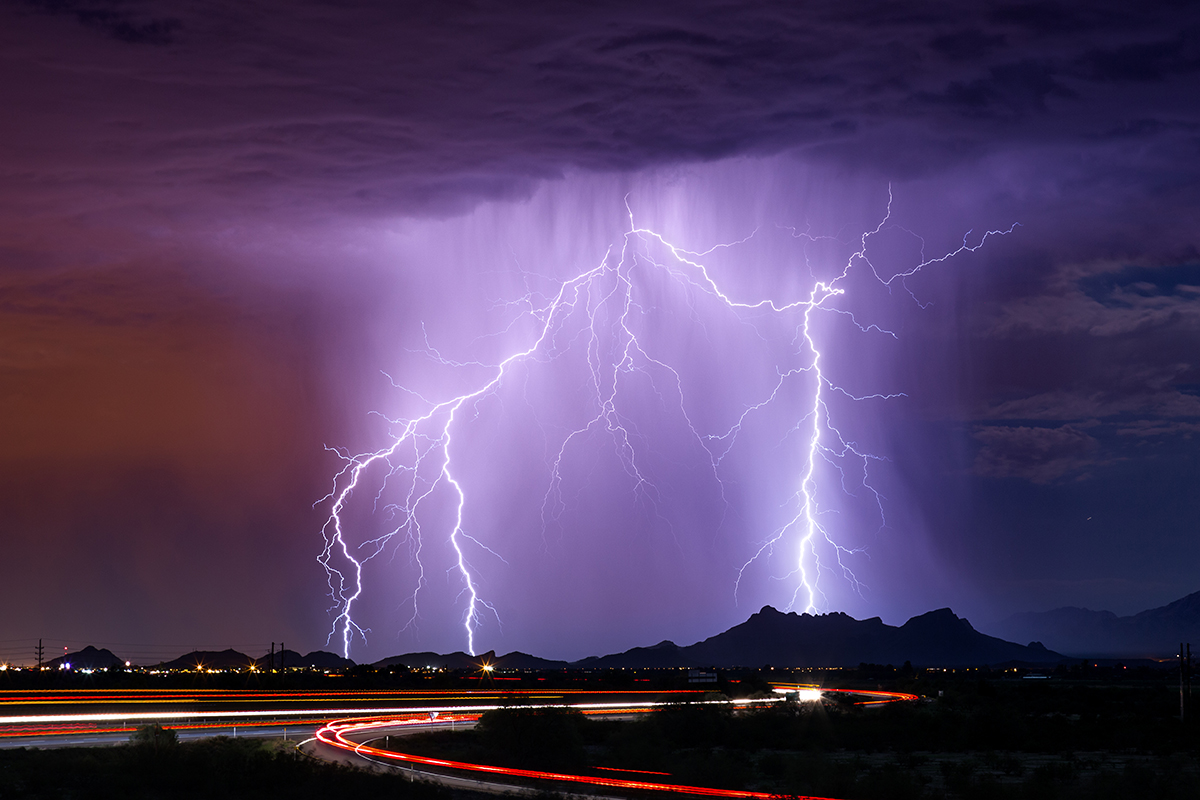
From the sharp blast of light that cuts through the sky during a summer storm to the gentle hum of your air conditioner when it powers on to keep you cool, there’s a lot to appreciate about electricity during the summer. Yet, we often take this awesome resource for granted. In honor of National Electricity Day today, June 15, let’s learn a little about electricity and the power it has in our daily lives.
Did you know….
- Electricity travels at the speed of light – that’s more than 186,000 miles per second!
- A bolt of lightning can measure up to three million volts; your AC unit probably only uses about 220.
- Coal is the world’s biggest source of energy for producing electricity.
How is electricity created?
Lightening is the most obvious form of electricity in nature, but the type that helps run your TV, washing machine, and lights comes from a manmade source. No matter the type of power plant, electricity itself is generated using magnets. A natural resource is used to create energy which spins a turbine, or a large fan. The spinning turbine rotates a big magnet around a piece of wire, and that motion creates a magnetic field that electrifies the wire. The electric current flows through the wire and is pushed out through high-voltage transformers. While coal is most often used for this process – the coal is burned to create the steam that pushes the turbine – other plans may burn natural gas or use wind or water.
How does electricity get from the plant to your home?
After leaving the transformers, the electricity created at the plant travels through high-voltage transmission lines that stretch across the country – a network often referred to as the power grid. The current is reduced at regional substations so that it can travel through distribution lines to your neighborhood, where smaller pole-top transformers reduce the voltage again to take the power safe to use in your home. It then goes through the meter attached to your home to your service panel, where the fuses evenly distribute the current through your home’s wires to the light switches and power outlets.
How can I reduce my energy usage?
Conserving electricity in turn helps conserve the natural resources that are utilized to create it and can significantly reduce your monthly energy bill. Simple changes in your home and lifestyle can make a big difference in how much electricity you consume. Some ideas:
- Upgrade appliances to ENERGY STAR models, which use less electricity.
- Service your appliances regularly so they are working as efficiently as possible.
- Turn off and unplug small appliances when they aren’t in use.
- Use fans instead of the AC when possible.
- Use a programmable thermostat to ensure you use your AC only when necessary.
- Switch to low-energy lightbulbs, like LEDs.
Want to make sure your AC isn’t wasting precious electricity? Schedule an AC inspection and tune-up soon to make sure you are being as efficient as possible this summer season. Contact Madsen today.


